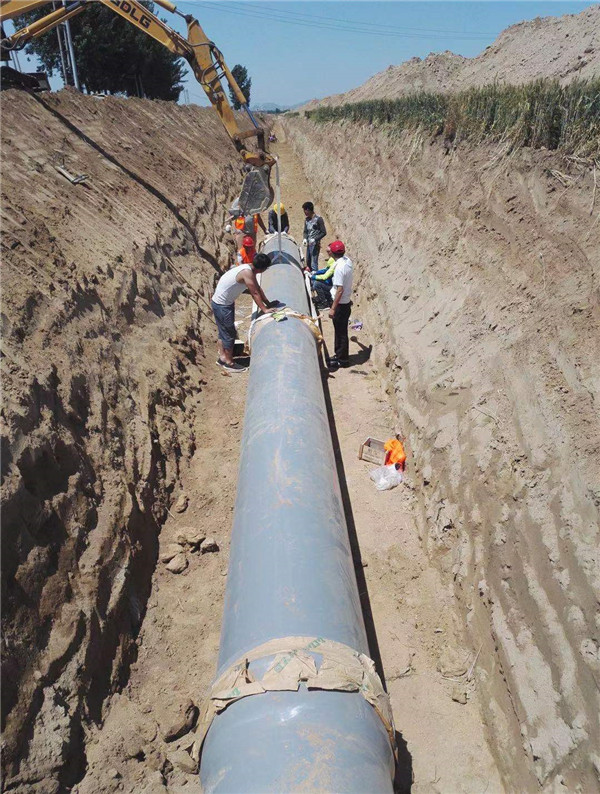Okt . 01, 2024 17:14 Back to list
High-Density Polyethylene Roofing Sheets for Durable and Lightweight Solutions
HDPE Roofing Sheets An Innovative Solution for Modern Construction
In the ever-evolving world of construction materials, high-density polyethylene (HDPE) roofing sheets have emerged as a game-changer, providing a practical and effective solution for roofing needs. With a combination of durability, lightweight properties, and resistance to harsh environmental conditions, HDPE roofing sheets are quickly becoming the preferred choice for builders, architects, and homeowners alike.
What is HDPE?
High-density polyethylene, or HDPE, is a thermoplastic polymer made from petroleum. It boasts an exceptional strength-to-density ratio and is known for its high tensile strength, impact resistance, and flexibility. These properties make HDPE an ideal material for various applications, including packaging, piping, and, increasingly, roofing.
Advantages of HDPE Roofing Sheets
1. Durability and Longevity One of the main advantages of HDPE roofing sheets is their exceptional durability. They are resistant to most chemicals, UV rays, and moisture, which significantly reduces the risk of rot and degradation over time. With proper installation and maintenance, HDPE roofing can last up to 50 years, making it a cost-effective long-term solution.
2. Lightweight Compared to traditional roofing materials like metal or concrete, HDPE sheets are incredibly lightweight. This characteristic simplifies transportation and installation, reducing labor costs and time. Moreover, their lightness places less stress on building structures, which is a significant advantage for both new constructions and renovations.
3. Cost-Effectiveness While the initial investment in HDPE roofing sheets may vary, their longevity and low maintenance requirements often result in overall cost savings. Homeowners and builders can save money in the long run due to decreased repair and replacement needs.
hdpe roofing sheet

4. Eco-Friendly HDPE is a recyclable material, contributing to sustainability in construction. Many manufacturers produce HDPE sheets from recycled materials, enhancing their environmental credentials. Additionally, the energy-efficient production processes associated with HDPE further reduce construction projects’ carbon footprints.
5. Thermal Insulation HDPE roofing sheets offer excellent thermal insulation, which helps maintain a comfortable indoor environment. By reflecting sunlight and reducing heat absorption, these sheets can lower energy costs associated with heating and cooling.
6. Versatility Available in various colors, thicknesses, and sizes, HDPE roofing sheets can cater to a wide range of architectural styles and design requirements. They can be used in residential, commercial, and industrial buildings, making them suitable for numerous applications, including warehouses, sheds, and greenhouses.
Installation and Maintenance
The installation of HDPE roofing sheets is relatively straightforward. They can be fixed using screws, adhesives, or specialized fittings, allowing for flexibility based on specific project needs. Maintenance is generally minimal, requiring occasional inspections and cleanings to ensure optimal performance.
Conclusion
The growing popularity of HDPE roofing sheets highlights the ongoing evolution in construction materials. With their remarkable durability, lightweight nature, cost-effectiveness, and minimal environmental impact, they represent a forward-thinking choice for modern roofing applications. As more builders and homeowners embrace the advantages of HDPE, it’s likely that this material will play an increasingly significant role in the future of sustainable construction. As we move towards more innovative building practices, HDPE roofing sheets stand out as a reliable and progressive option for creating durable and eco-friendly structures.
-
PVC Transparent Sheet Roll - Durable & Flexible PVC Plastic Sheet Roll for Industrial & Home Use
NewsJun.24,2025
-
High-Quality PVC PPR Pipes and Fittings Durable ERA PPR Solutions
NewsJun.10,2025
-
High-Quality Large HDPE Sheets & Large Diameter PVC Pipe Durable Large PVC Pipe Supplier
NewsJun.10,2025
-
High Density Polyethylene Cutting Board - Durable & Food Safe
NewsJun.09,2025
-
3 Inch PVC Pipe for Durable Irrigation Affordable & Reliable
NewsJun.09,2025
-
Premium PPR Plastic Water Pipe Fittings - Durable & Leak-Free
NewsJun.09,2025

